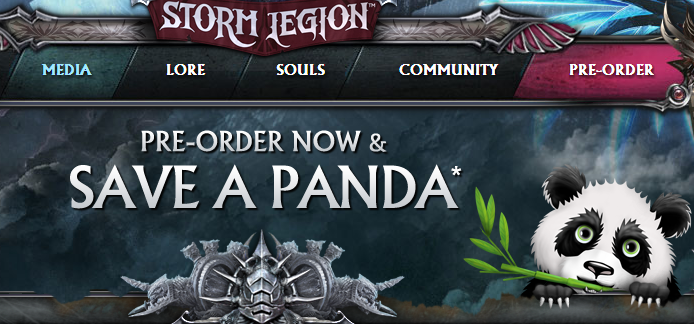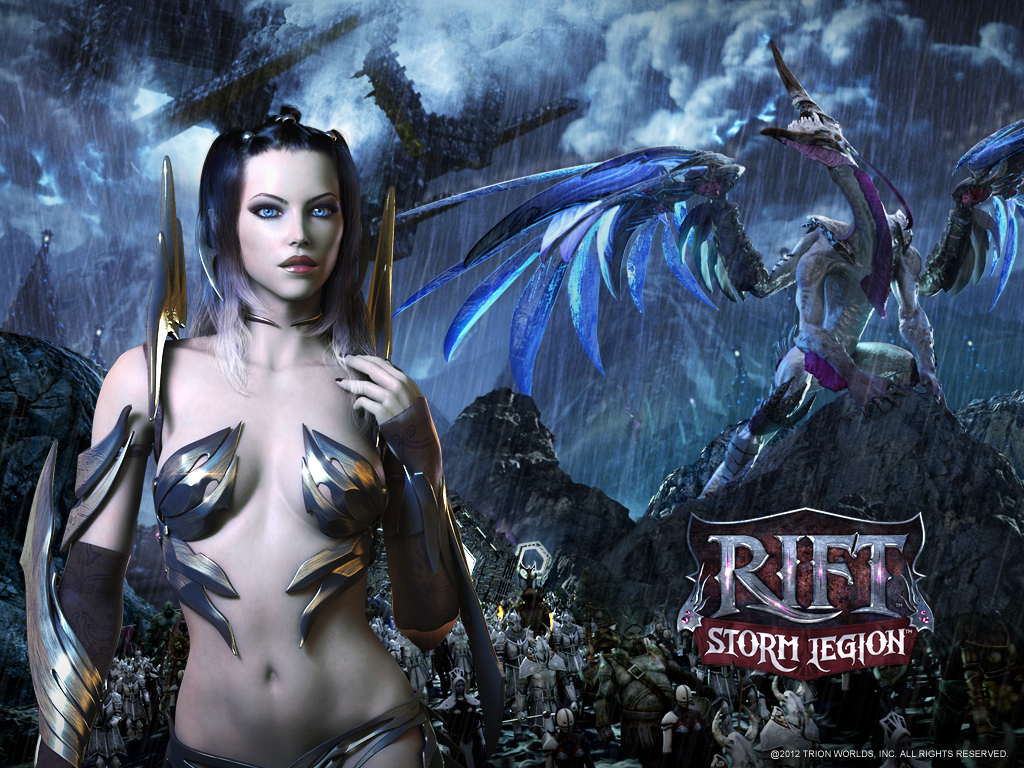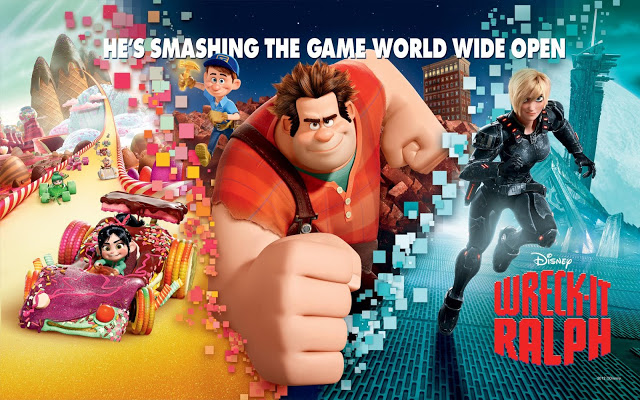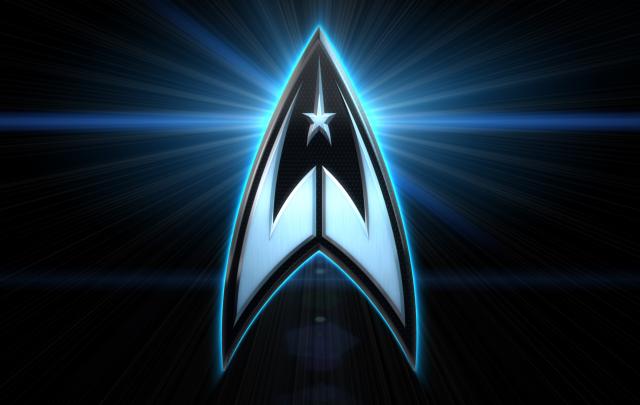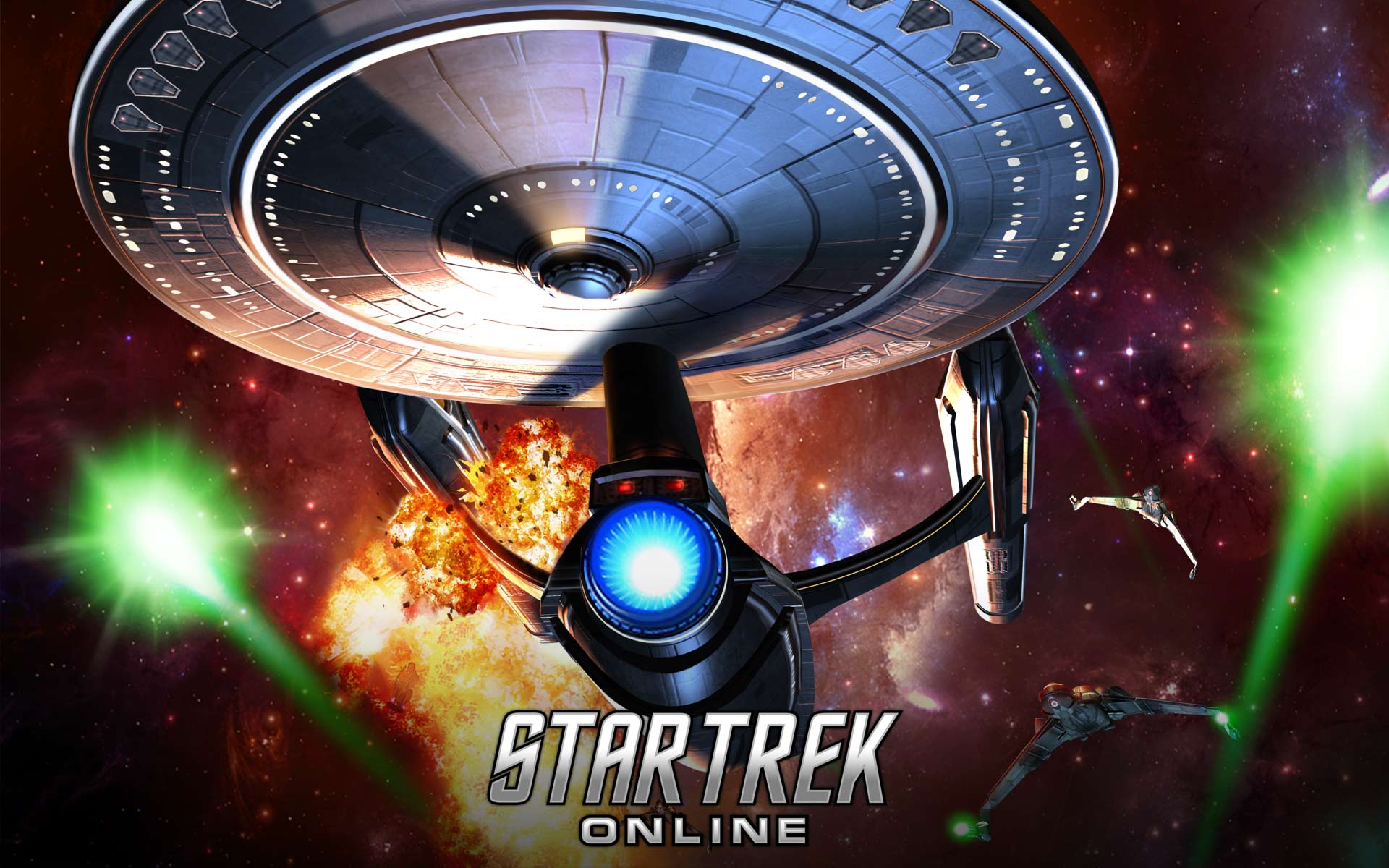Opening remarks from Chris Younger, Principal/Director of Strategy for the Ayzenberg Group. Younger described some of the key moments from earlier summits this year, with video clips of and some effective quotes. It’s all about creating and building a relationship with the customers, and as Younger pointed out it’s a two-way conversation.
Activation — A “Lean Forward” Approach
Moderated by Simon Ward, Director of Strategic Development for Ayzenberg. Panelists include Robyn Yoder, Senior Marketing Manager, Windows Consumer Marketing, Microsoft; Joe Paulding, Direcotr, Audience Development, E! Entertainment; and Jeff Wong, Director, Digital Delivery, Ayzenberg.
Robyn Yoder noted that it’s a mix of the rational and the emotional, to get the brand firmly planted with the consumer. Joe Paulding said that their goal is, of course, ratings, and they wanted to see if they could use social media to drive ratings. They introduced an app this year to try and get involvement with the red carpet walk of celebrities, to gauge the level of interest in the twittersphere. They hoped that by feeding the vanity of users (the chance for their tweets to appear on TV) it would drive higher ratings, and they saw this occur with the Golden Globes and the SAG Awards, especially with younger users. Direct tracking is hard, but the usage certainly correlated with higher ratings. Jeff Wong related some experiences with a variety of clients. He cited a health app (FitBit) that tracks user activity to help with their fitness level, and how it was much more effective by sharing results with a community who can lend support.
Paulding described some efforts they used on the Facebook page for the Kardashians in an effort to drive more viewing of the show. A picture of a pair of sparkly shoes brought 80,000 likes, which astonished him. That’s what viewers wanted to see, though. He feels continuing efforts on social media have helped drive strong ratings for the new season of the show.
PopCap employee in the audience noted that he tries to keep the trolls away while still keeping the whales happy. Wong asked him if the trolls are angry about a specific product or release, and PopCap responded that they don’t consider those trolls. They define trolls as people just generally being disruptive and not contributing in any way. Wong noted that he sees people who are contributing useful information can be channeled into more useful feedback, redirecting them into ways that are more acceptable and makes them feel valuable. Skilled redirection like that can also make a good impression on others.
Making the Relationship Last:
Moderated by Julian Hollingshead, VP of Strategy and Client Service for Ayzenberg. Panelists include Elaine Chase, Brand Director for Magic: The Gathering, Wizards of the Coast; Tony Leamer, Franchise Business Director, Plants Vs. Zombies, PopCap; and Ryan Wener, Senior Director, Product Management, Activision.
Chase noted that they’ve said for years “We don’t sell a product in a box; we sell an experience.” It has to be an entire emotional experience, like Friday Night Magic: The Gathering get-togethers’ Chase formalized a user-generated gathering and made it something that all stores could promote and engage in, and fans have responded well.
Hollingshead asked if loyalty and advocacy are more or less important than they have been in the past. Leamer responded that he thinks it is more important, and it’s dangerous to be focused on things like virality and monetization rather than game play. Wener feels that the stage has completely changed, and that Mass Effect 3 is a great example. Players engage deeply with games they like, and they take ownership of them — so it’s possible to really anger them or really thrill them. He feels there have been greater successes and greater problems because of this greater level of emotional involvement.
Chase said you need to give people a reason to stay, something that engages them, and then they won'[t be fickle. They will have a reason to come back when something new finds them. Wener noted that there is some measure of polarization, some groups of consumers engage much more deeply than they ever did before. But as you get bigger, some people engage the franchise at arm’s length. Consumers come in every shape and size, and analytics can help identify them and show how to engage them in greater depth.
Chase said many of their programs are designed to activate the higher-end consumers and get them to talk to other players, bring in new blood. Leamer feels that the sheer number of entertainment choices out there tends to push you back to the things you love, underscoring the need for deep engagement.
Chase feels that more brands are being evaluated based on how they handle it when things are screwed up more than by their successes. Wener notes that Facebook is often used merely as a broadcast tool, not as a conversational tool — and it should be, because it helps drive deeper engagement. This places a higher burden on the community management teams, because they need to be aware of what people are asking and respond properly.
Hollingshead asked if the conversation helps guide development, and Leamer agreed that it does. Though he noted most of the time they question they get is “When is Plants Vs. Zombies 2 coming out ” Hollingshead wondered if they actually measure loyalty. Chase noted that they are at a disadvantage by not being a primarily digital product; they can’t track when people play cards. So they do it indirectly, by tracking store events, tournaments, and other things. They want to support the influencers who help other people get into the game. Getting those higher-end people to get the less-engaged people into the game is crucial to expanding the hobby. If the key influencers don’t endorse the products designed for the entry level, Chase said, those products will never take off.
Wener said measuring advocacy is still a significant challenge; measuring a like is not enough. He wants to identify hubs in the community, people who lead large groups. People who create web sites, or clans; ideally they’d like to track the guy who gets 5 of his buddies to play Call of Duty every week.
Leamer said it’s very easy with social games to mistake virality for advocacy; you want people to promote your game because they like it, not just because the game sends out messages to your friends. Wener noted that it’s important to see how players want to be involved, and find ways that can engage them based on how they are interested in the game. Chase said they have taken game ideas from players and turned them into game formats that the entire player base can use; they did this with the Commander play model. But they didn’t take it over, they worked with the community and continued to let them control the rules. It’s been a huge success.
From the audience came the question of how you reward users that do something great; Leamer used the example of fan art, how they share that with everyone. Chase pointed out there’s many different ways fans engage, and the rewards for them differ.
Community Through Entertainment
Moderated by Steve Fowler, VP of Strategy, Ayzenberg
Panelists include Matt McCloskey, Directopr of Franchise Business Management, 343 Industries; Taylor Smith, Senior Director, Xbox Global Marketing Communications, Microsoft; Sanjay Sharma, Senior Executive Business Development Affairs and Strategy, Machinima.
Tomorrow an original live-action series centered on Halo 4 will appear on Machinima. Fowler was brand manager on the original Halo, so this panel has a lot of resonance for him. Machinima is the largest channel on YouTube, so it was an obvious choice for the way to distribute a live-action series. McCloskey said the idea for the live-action series began with the product team, and it seemed like a good idea to make the Halo 4 launch as big as possible with such a series. Smith had tried to get something like this started before, but this time the idea finally got traction. Alan Wake used that concept successfully through Machinima to drive millions of impressions.
McCloskey said at the beginning that the only thing he guaranteed is that everyone would be uncomfortable, and he was right. It stretched all the boundaries; not just a product and not just a marketing vehicle, something built in-house at Microsoft. Machinima started with fan-created content, and it has expanded far beyond what they thought was possible originally. Gaming has expanded beyond just social videos to episodic videos. Their Mortal Kombat series topped 60 million views. Now they have a new channel devoted to long-form episodic entertainment, much of it though not all based on gaming.
Fowler noted that it’s a decade old brand, and doing a live-action series is taking a risk with the brand. It’s caused much anxiety, admitted McCloskey. There were lots of issues to be resolved with the story, not the least of which is whether to design it for newbies or for hard-core fans. He feels people will have to watch the entire series to really evaluate it well. The narrative for Halo 4 now encompasses the series Forward Unto Dawn, three novels, and of course the game itself.
Smith’s advice was to not outsource the core of the experience; keep it close so it can be great. The essence of the series was not promotion, but the dramatic story at the heart of it. The hope was that doing a good story with the right elements would create a powerful brand impact. Smith noted that they hope viewers have a greater appreciation for the game and the characters, and thus get greater enjoyment from the game.
Fowler asked how it was possible to justify making a movie when they are in the business of selling video games. McCloskey said they wanted to have profitable marketing, and to show how it would generate profits to cover its costs. There’s an initial window of showing the videos, then putting the series into the Halo 4 limited edition, and it will eventually come out on DVD and Blu-ray and video-on-demand to generate more revenue. Additionally, they hope to generate 100 million views to help support the launch of Halo 4.
Sharma feels that this segment is starved for great content, and that other publishers are watching this effort with great interest. Perhaps we could see more and more content like this, especially if the business model proves out. Sharma noted, though, that the deals they are doing all seem to have different elements.
Would they be satisfied if the content didn’t generate revenue No, McCloskey said. They wanted to challenge themselves to make content that was good enough to pay for. He pointed out the Star Wars: The Clone Wars was created to sell toys, but it’s also a good show in its own right — so it succeeds even better at selling toys.
Keynote: Jordan Weisman
Weisman started by showing slides from a TV show that never existed — Developer Dog and Marketing Cat, like Itchy and Scratchy. The first episode, Shrinkwrapped, shows them fighting like, well, cats and dogs. Despite the fighting, it sort of worked for a long time, with marketing following along after the game was done, and never getting involved early on. Games had short term sales windows, so it worked OK. Episode 2, Pile It On, shows how marketing needed to catch up because of ongoing product development of DLC. The long tail of multiplayer didn’t necessarily increase revenue, but retention grew. Now, the latest episode is Rinse and Repeat, with Marketing Cat now focused on retention, growth and performance analytics. Marketing Cat is learning new tricks, and being involved throughout the process as much as possible.
Tincup Alley is where Weisman has been recently, with the indie market and Kickstarter funding. The Kickstarter funding “gave us 500% of the money we asked for, but the expectations went up 5,000 percent,” said Weisman. Now marketing has to precede the creation of the product; you have to create a vision of the product to generate enough funding to build the product. You have now created a community well before the product exists, but that community has to be maintained. As your money gets less, you have to do more marketing, as Weisman points out. Marketing is Dead; Long Live Marketing, Weisman said.
Launch marketing milestones are now tombstones; long tail marketing and community centered content is key. Episodic releases and long-term engagement, and user-generated content become critical. Marketing is now Product Development; cats and dogs are sleeping together. His final slide noted that it was produced in a facility that hires and retains nuts.
Weisman feels free-to-play is as much of a mental shift as a new hardware platform, at least in terms of design. It’s not the only way to monetize, though; he feels there will continue to be multiple ways to get paid to create games.
Care and feeding of his 35.000 Shadowrun Kickstarter backers is an ongoing concern. You have to continue supporting them, because their emotion is real and raw and it takes a lot of energy to support that, keeping them fed. At the end of the day he prefers having the audience to getting a traditional development deal, because he’s getting validation along the way and a built-in marketing force for the future.
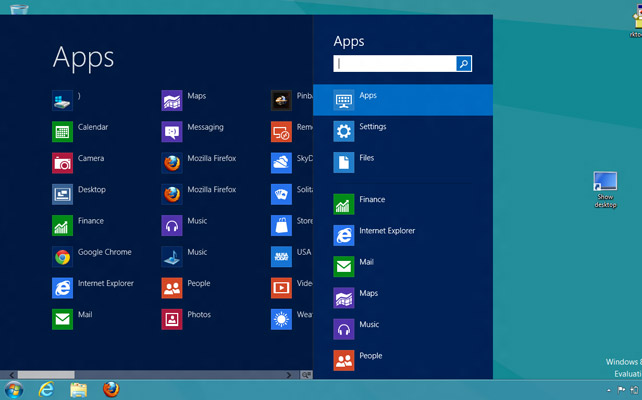
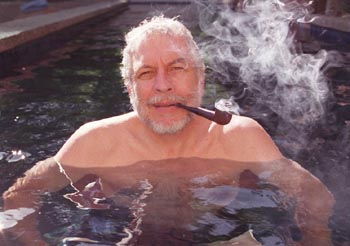 Nolan Bushnell
Nolan Bushnell

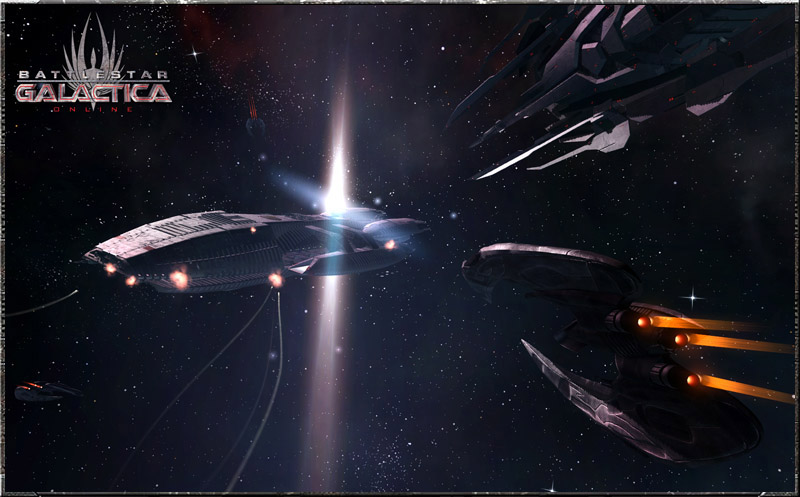
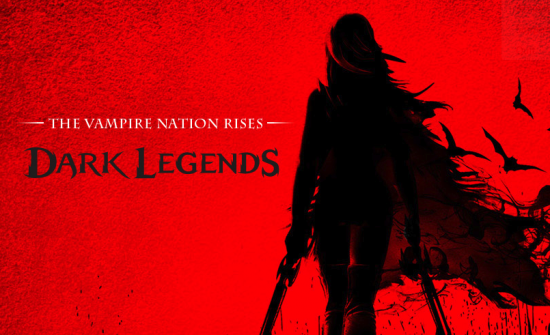

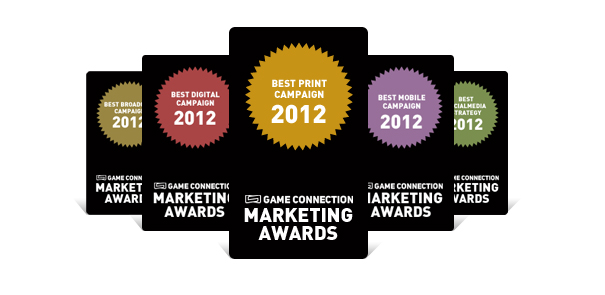
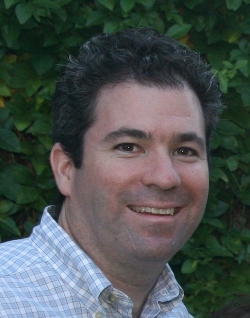 David Pokress
David Pokress
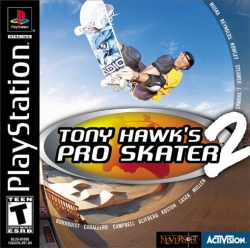
 GoldenEye Wii bundle included this exclusive gold Wii Classic Controller
GoldenEye Wii bundle included this exclusive gold Wii Classic Controller
